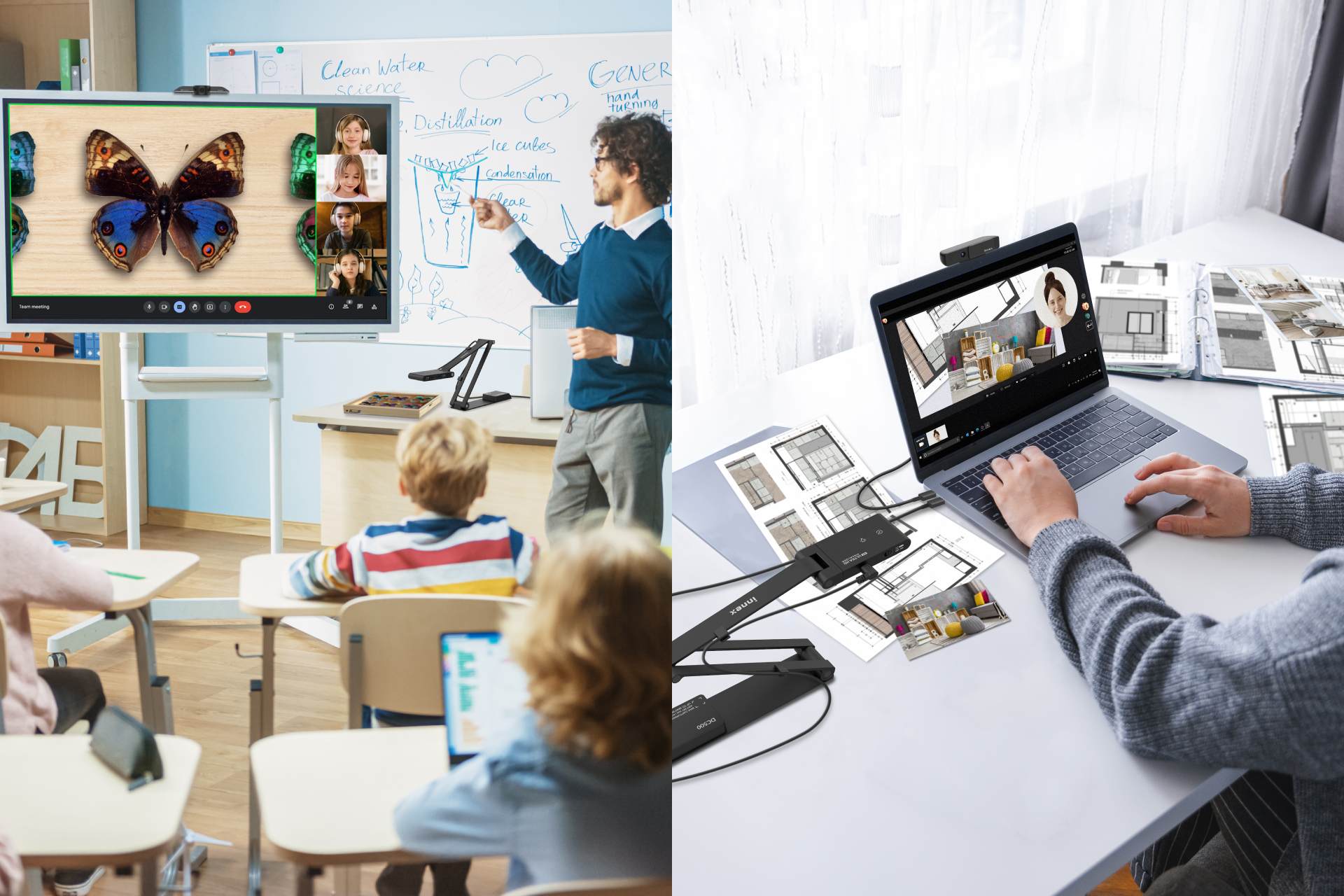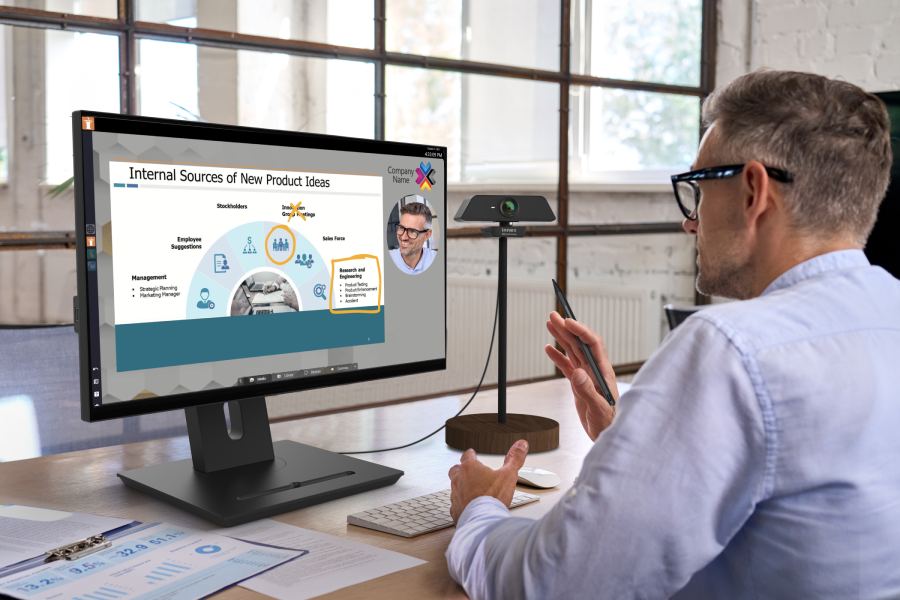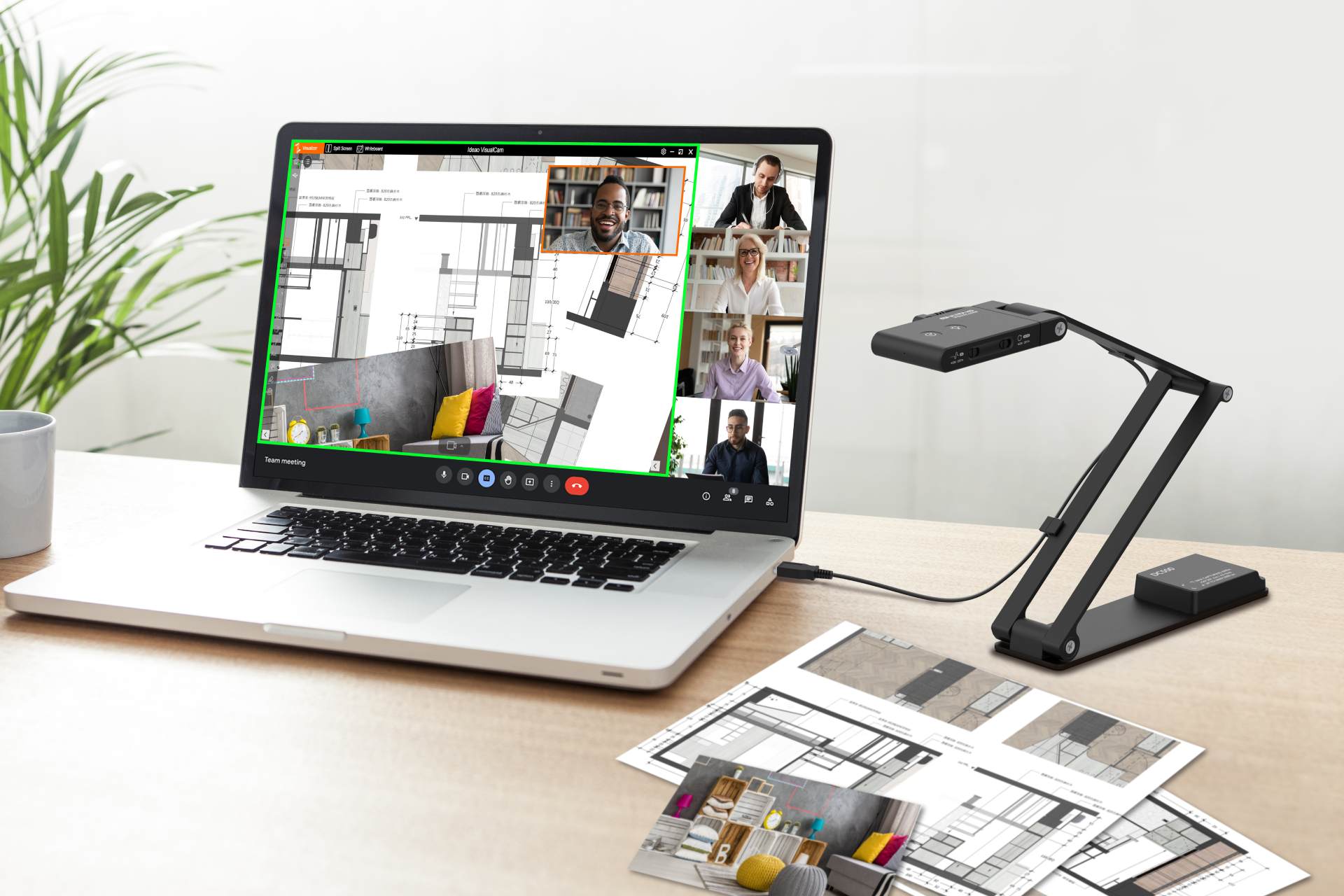In today’s digital era, document cameras, also known as doc cams, document scanners, visualizers, and more, have become indispensable tools for students, educators, and professionals. They are designed to capture and display physical documents, books, 3D objects, and even experiments in real-time, enhancing the visual learning experience. However, when it comes to selecting the right document camera for your specific needs, you’re presented with two options: HDMI and USB document cameras. In this article, we’ll explore the differences between these two types of document cameras and help you decide which one best suits your requirements.
HDMI Document Camera vs. USB Document Camera
HDMI Document Camera
HDMI document cameras are designed to be directly connected to a large display or projector through the use of an HDMI cable. This direct connection results in high-quality visuals, making them particularly well-suited for environments like classrooms, lecture halls, and boardrooms. However, HDMI document cameras require an additional power cable for operation. Due to the direct input to the display device, only in-room participants can see the image.
USB Document Camera
Conversely, USB document cameras receive their power through a USB cable. This power supply method is notably more convenient, as it eliminates the need for an additional power cable. USB document cameras need to be connected through a computer. While this provides greater flexibility, allowing them to adapt well to various scenarios, it also means they cannot be directly used with a display or projector.
In summary, HDMI document cameras are an excellent choice for scenarios such as classroom or lecture hall presentations with only in-room audiences. They provide a direct connection to the display or projector, bypassing the need for computer logins. This feature is ideal for traditional educational settings. However, HDMI document cameras might lack the adaptability required for hybrid learning environments. On the other hand, USB document cameras offer flexibility and convenience, which makes them particularly well-suited for personal desk setups and hybrid learning environments. Whether you’re presenting in a virtual classroom or an office with evolving needs, a USB document camera can seamlessly integrate into your setup.






